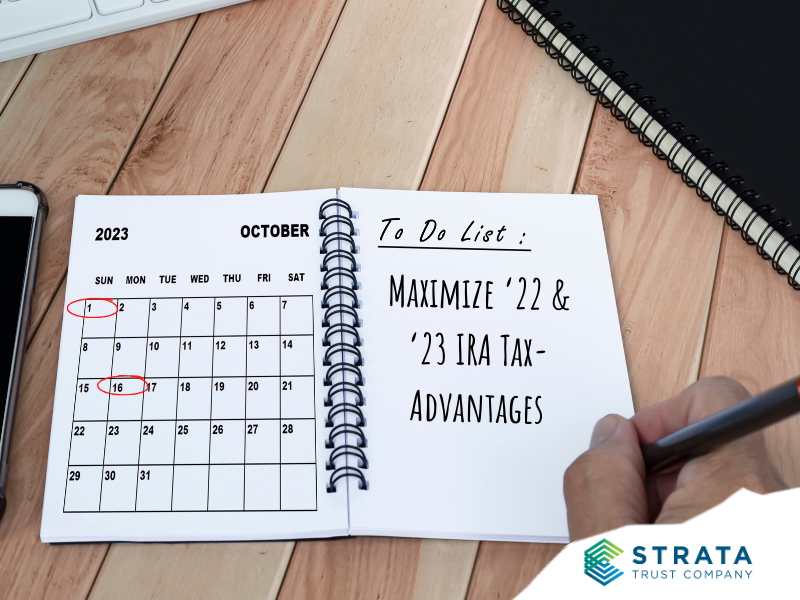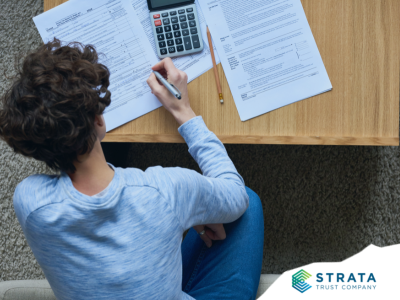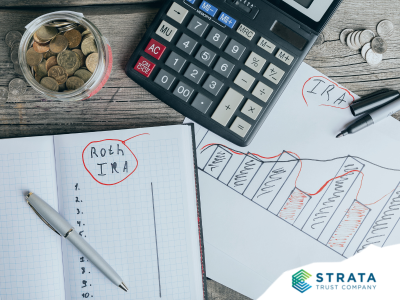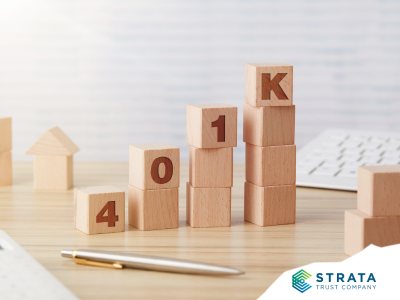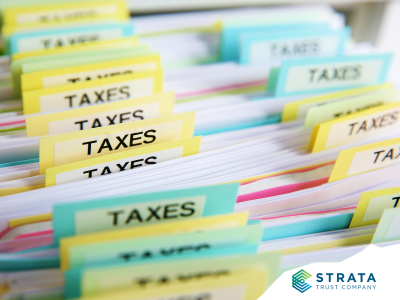Being three-quarters of the way into 2023, the 2022 tax year may be out of mind for many people – but for self-directed IRA owners, October brings many last-chance deadlines related to IRAs and taxes. Review our top 10 list to make sure you have taken advantage of all your 2022 opportunities and are prepared for the 2023 tax-filing season.
1. File 2022 Tax Return If You Have an Extension
Individual taxpayers, sole proprietors, C corporations, and LLCs taxed as corporations generally must file a tax return by April 15 each year, unless a six-month extension is obtained. For 2022 tax year filing, the filing deadline was April 18, 2023 (due to holidays/weekends), and the extended deadline is October 16, 2023. Even if you already filed your tax return, the October 16 deadline still applies for some IRA-related activities.
2. Recharacterize a 2022 Contribution
A recharacterization allows you to move a Traditional IRA contribution to a Roth IRA or a Roth IRA contribution to a Traditional IRA. This is typically done so an IRA owner can take advantage of the tax benefits provided by the other type of IRA, or to correct an excess contribution. For example, if you discover that you will not be able to take a tax deduction for your 2022 Traditional IRA contribution, you have until October 16, 2023, to recharacterize it to a Roth IRA. You may need to amend your 2022 tax return if you’ve already filed.
3. Correct a 2022 Excess Contribution
If you contributed more than the statutory limit to a Traditional or Roth IRA, or you contributed more than you were eligible to contribute for 2022 based on your income, October 16 is the deadline to remove the excess, with the attributable investment earnings. If you remove the excess and earnings by October 16, you will avoid the 6% excise tax for a 2022 excess contribution. If you remove a 2022 excess contribution after the October 16 date but before the end of 2023, you will owe the additional 6% tax for 2022 and for 2023.
4. Fund a SEP Plan for 2022
If you are a business owner and don’t offer another retirement plan, you could establish a Simplified Employee Pension (SEP) IRA plan and fund it for 2022 up until your extended tax-filing deadline. A SEP plan allows you to make tax-deductible business contributions to your self-directed IRA up to the lesser of 25% of your compensation or $61,000 for 2022 ($66,000 for 2023). If you make a SEP plan contribution for 2022 and you have employees who are eligible for a contribution based on how you complete the plan document, you will have to contribute the same percentage of compensation for each eligible employee as you do for yourself.
5. Fund a SIMPLE IRA Plan for 2022
Another retirement plan option for businesses that don’t already sponsor one is a SIMPLE IRA plan. This is a retirement plan only for companies with 100 or fewer employees. It is like a 401(k) plan in that eligible employees may elect to defer a portion of their salary into the plan, but contributions are deposited into each employee’s SIMPLE IRA instead of a plan trust. The business is required to make either a matching contribution (up to 3%) or a 2% nonelective contribution each year. If you have an extension to file your business tax return, you have until October 16 to fund the employer contribution for 2022.
6. Start a SIMPLE IRA Plan for 2023
If you want to establish a SIMPLE IRA plan for the first time for tax year 2023, the deadline to sign the plan document and inform employees is October 1, 2023. This is so your employees will have at least three months in the first plan year to contribute.
7. Request In-Kind Transfers & Distributions
If you want to move an IRA investment to another IRA this year or take personal ownership of an asset without liquidating it (generally a taxable event), submit your request to your IRA custodian as soon as possible to make sure the title can be re-registered and other transaction documents are completed by the end of the 2023 tax year.
8. Plan Your 2023 RMD
Although 2023 required minimum distributions (RMDs) are not required to be distributed until December 31, 2023 (or April 1, 2024 if 2023 is the first year you must take an RMD), you may want to talk to your financial advisor well before the end of the year to determine which investments to liquidate to satisfy your required distribution, or whether you want to take your RMD from another (non-Roth) IRA.
9. Consider a Roth Conversion for 2023
You may want to explore converting some of your pre-tax IRA assets to a Roth IRA in 2023 to reduce the amount you’ll be forced to take as RMDs in the future and to create a tax-free income stream in retirement. There is no deadline to convert, but if you want the tax liability to hit in 2023, the conversion must be done by December 31, 2023. Your accountant and your financial advisor can help you develop a conversion strategy to mitigate your tax liability.
10. Consider a Qualified Charitable Distribution (QCD) for 2023
Beginning at age 70½, you may make a tax-free charitable contribution of up to $100,000 directly from your Traditional IRA to a qualifying charity. The QCD can satisfy your RMD (tax-free) for the year. Talk to your accountant, charitable organization, and IRA custodian to make sure you have what you need to properly process a charitable distribution by December 31, 2023.
Next Steps
October is an important month for IRA deadlines and requirements. You can find more information in our article, Your 2023 IRA Calendar, or by contacting our self-directed IRA experts with any questions.
